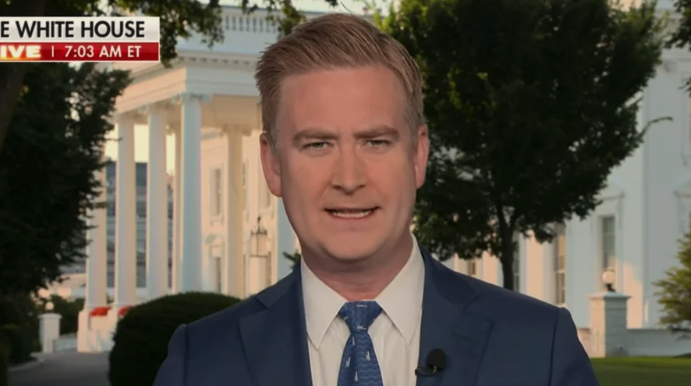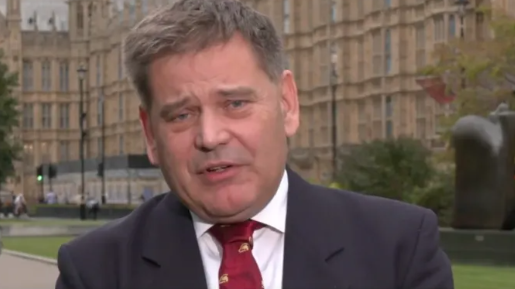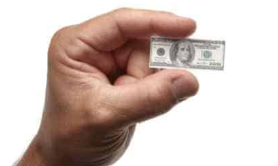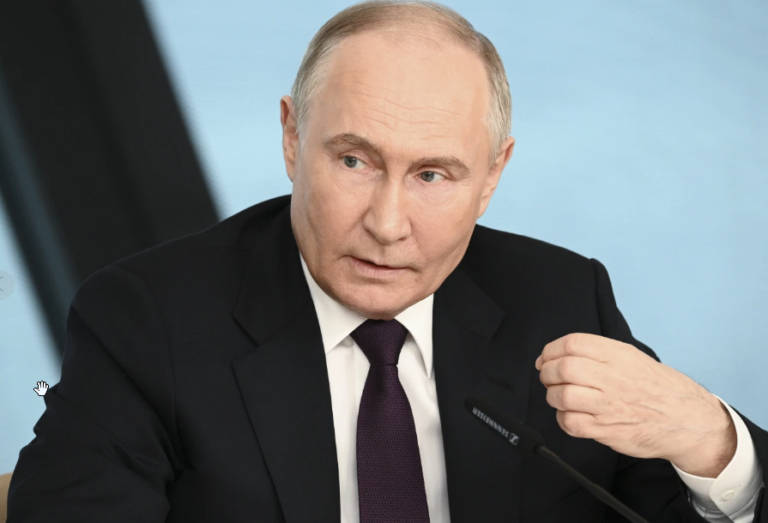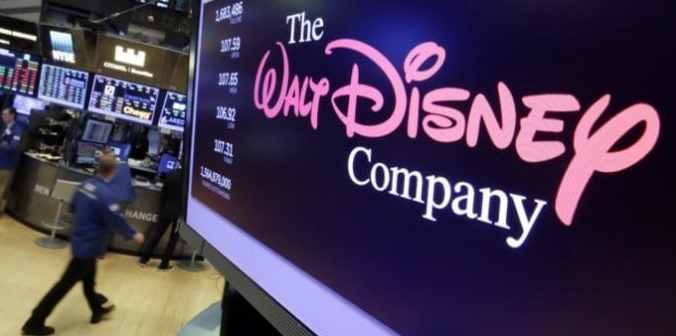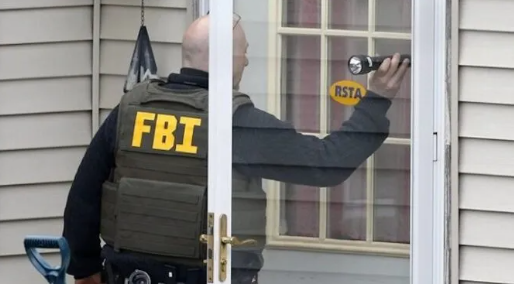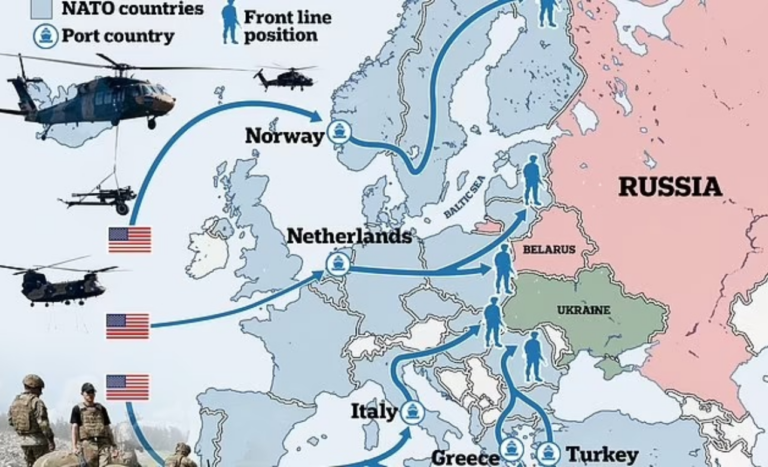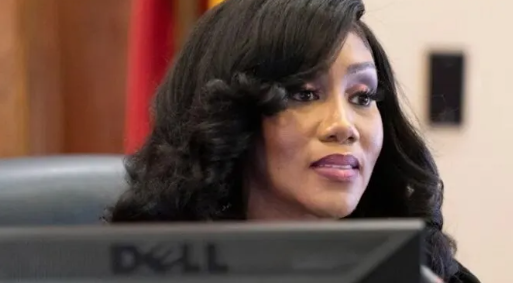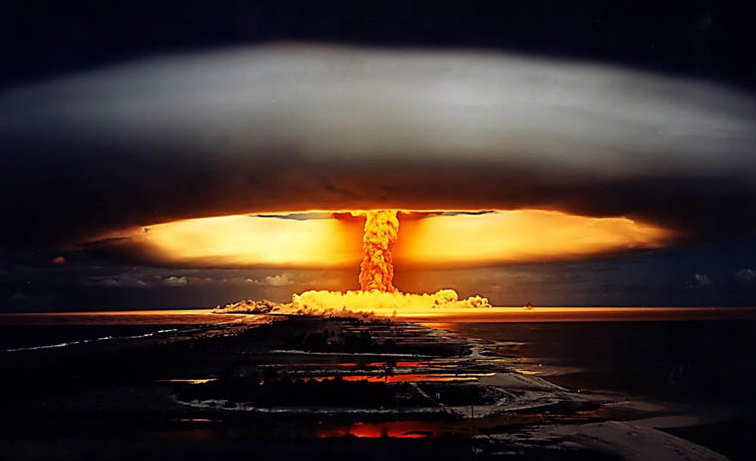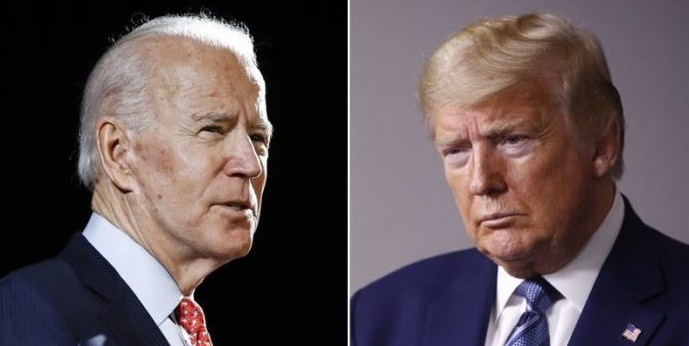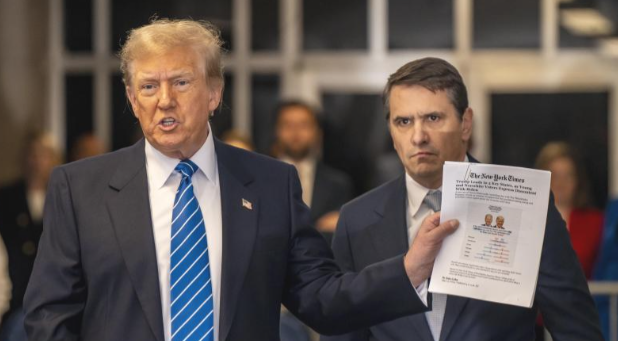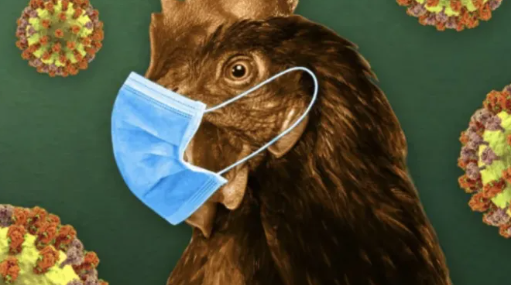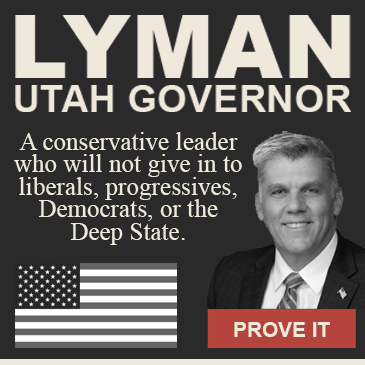Written by David Clark.
The White House wants you to believe that your eyes are deceiving you. On Monday, White House press secretary Karine Jean-Pierre accused “right-wing” media of circulating “cheap-fake” videos of President Joe Biden. These clips purportedly show him freezing or wandering off during public events, looking mentally confused and frail. According to Jean-Pierre, these videos are nothing more than “misinformation” and “disinformation,” evidence of the “right-wing” media’s credibility problem.
Fox News senior correspondent Peter Doocy wasn’t having it. He fact-checked the White House’s claims, shedding light on the administration’s attempt to downplay these videos. “A cheap fake is just if a clip is cut shorter than they want, or from an angle that they don’t like,” Doocy explained. What Jean-Pierre failed to mention is that one of the videos in question originated with a journalist from the Hollywood Reporter, a source far from being “right-wing.”
Doocy’s Critical Context
During an appearance on “Fox & Friends,” Doocy provided essential context to the controversial videos and why the Biden administration is targeting them. “She referred to ‘cheap-fakes’ and also ‘deepfakes’ while dismissing these clips. But there’s an important difference: A deepfake is if somebody is using AI or some other software to change the things that President Biden is doing or saying. A cheap-fake is just if a clip is cut shorter than they want, or from an angle that they don’t like,” Doocy stated.
Doocy added that both terms are being used to deflect blame, as the White House doesn’t want people to believe what they see on social media. Even if the videos lack the context the White House desires, Doocy reminded viewers that the videos themselves aren’t manipulated. “There is something to the fact that a lot of these clips are lacking context. That doesn’t mean that the things people see are not happening,” he pointed out. He emphasized that these clips are not being manipulated with AI, explaining, “Every video that you see on the internet is in some way edited or clipped unless you’re rewatching an entire livestream of something played back from start to finish. Everything is cut at some point. And White House officials just want the clips to be way longer so that people can see way more context.”
The Implications for the Biden Administration
The White House’s attack on so-called “cheap-fake” videos is likely not a successful public relations strategy. These scenarios highlighted in the videos are not isolated incidents; they’ve been occurring throughout Biden’s presidency. It’s not advisable to lecture voters that their own eyes are lying to them. This approach might backfire, as it undermines the credibility of the administration and alienates the public.
Our Take
It’s clear that the Biden administration’s attempt to dismiss these videos as “cheap-fakes” is an effort to control the narrative. By discrediting the videos, they hope to sway public perception in their favor. However, this strategy is flawed. When people are told not to trust their own eyes, it breeds distrust and skepticism toward the administration. The public deserves transparency and honesty, not manipulation and deflection.

